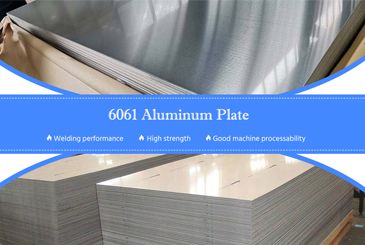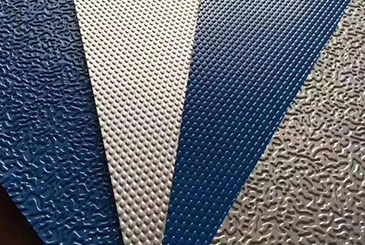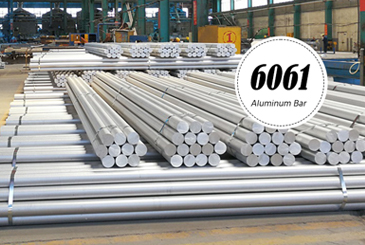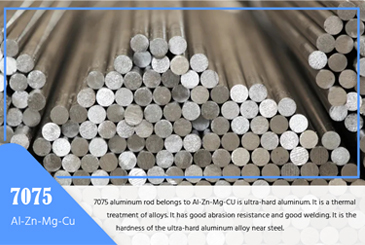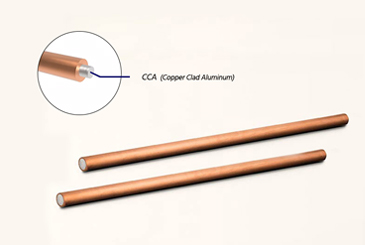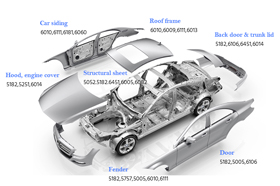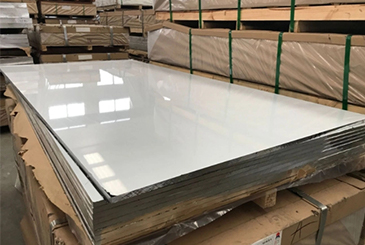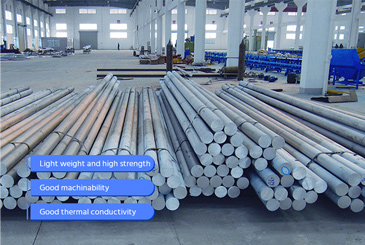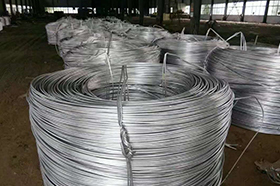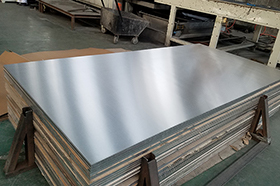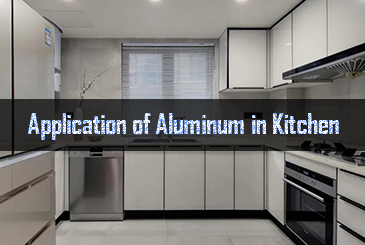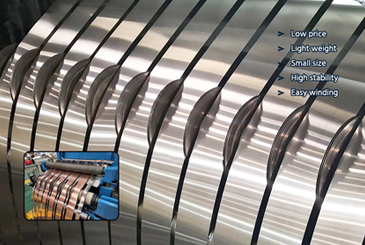A military shelter is a temporary military building structure used to provide functions such as residence, work, command, and protection on the battlefield. They have the characteristics of lightweight, fast construction, and easy mobility, providing temporary living and working spaces for the military in different environments and tasks. This article will introduce the definition, functions, advantages, basic structure, and aluminum materials used in military shelters, in order to help readers have a more comprehensive understanding of military shelters.
- What is a military shelter?
- Basic structure of military shelter
- The most common 7 cabin types
- The difference between military shelters and other similar box structures
- Specific applications of military shelters
What is a military shelter?
Military shelter is a type of "protective and transportable box work room that provides a suitable working environment for personnel and equipment, and is an independent cabin that facilitates multiple modes of transportation." As a loading body and work room for weapon equipment systems, command and communication centers, technical support equipment, and various types of military personnel, it is widely used in various services and arms. With the continuous expansion of the application scope of shelter and the continuous development of technology, the importance of standardization of shelter is increasingly reflected, which should usually have the following characteristics:
- Having a certain degree of stiffness, strength, and service life, it can be used as an independent workspace and provide a suitable living and working environment for personnel and equipment;
- Suitable for various transportation modes;
- It has the function of fast loading and unloading.
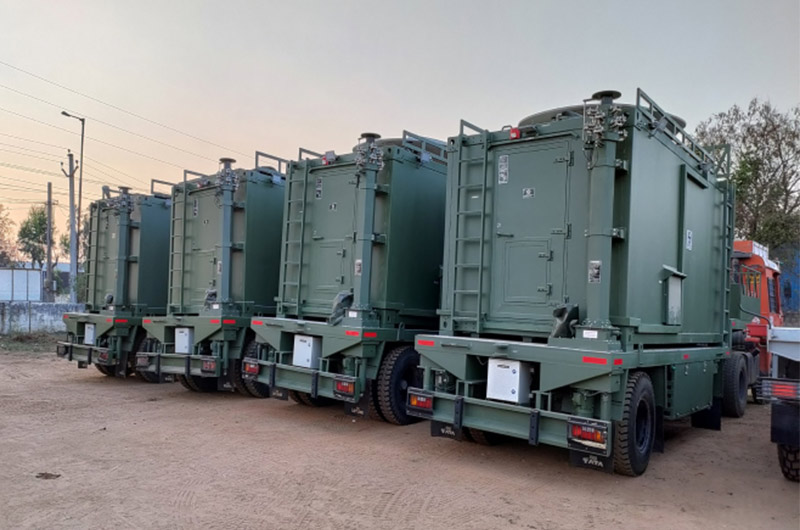
The basic structure of military shelters
Currently, the vast majority of large square cabins generally use the ISO international container standard IC container size and corresponding military standards. Has a unified size development series, with a high degree of standardization and serialization. There are usually two doors on the cabin, one located on the side wall and the other on the rear wall, both of which are well sealed and equipped with an emergency cabin door and an observation window installed with hollow glass.
The basic structure of the shelter can be roughly divided into two types:
1. Skeleton type shelter - similar to a fixed box car
2. Large board type shelter - assembled from six large boards
| type | Structure | Typical product | ||
| Military shelter | Skeleton | Steel skeleton, steel plate or plywood skin | French Cadre JVC shelter | |
| steel frame, aluminum skin | West Germany MAN/Do11 shelter China F.4 square cabin | |||
| Aluminum frame, aluminum skin | French Cadre JVB shelter | |||
| Large plate | Honeycomb panel | Kraft paper core, aluminum skin | American Gichner medical shelter | |
| Foam board | FRP skin, foam core, profile frame | Than Baeten PB7601 shelter | ||
| Aluminum beams, aluminum skin, foam core | American Graig S280 shelter | |||
| Beamless, foam core, aluminum skin | British Marconi square cabin | |||
| Steel frame, aluminum skin panel | China Red 7 square cabin | |||
Skeleton military shelter
The skeleton shelter is the primary stage of shelter production. Its structural feature is to use steel or aluminum profiles welded into a metal frame, embedded with an outer skin, and sprayed with flame-retardant polyurethane foam from inside the cabin to bond with the outer skin. Due to uneven surface during spraying, leveling treatment is also required, which usually requires manual completion and quality assurance is not easy. After completion, a layer of metal or non-metallic plates, such as decorative plates, aluminum plastic plates, etc., are riveted from inside, Then add welded corner pieces or lifting rings for lifting purposes. The characteristics of this type of shelter are large mass, low load to weight ratio, and poor shielding performance, so it can only be used as a general loading body and is basically eliminated.
Large board military shelter
The military shelter in practical applications has basically achieved a transition from a frame structure to a large plate structure.
The cabin is a typical "triple panel" structure, which is a sandwich panel structure. The sandwich panel is composed of inner and outer skins, core materials, and skeleton. The outer skin is generally made of hard aluminum alloy plates such as 2A12-T4, 7A04, 7A527050, and the inner skin is generally made of cold-rolled steel plate or aluminum alloy armor plate such as 5083. The rigid polyurethane foam is used between the inner and outer skin. The skeleton is formed by welding aluminum alloy square tubes, and hard pine strips are used as insulation thermal bridges between the skin and the skeleton.
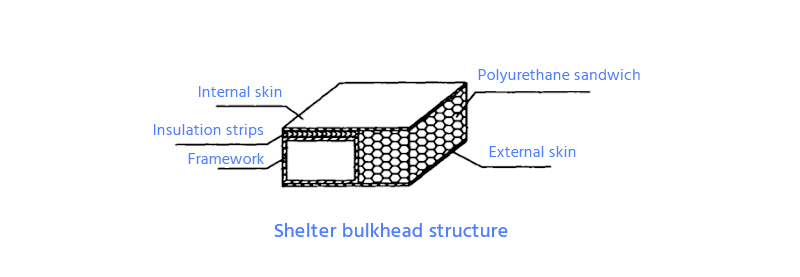
The entire cabin is mainly composed of six pre made sandwich composite wall panels, sleds, angle pieces, wrap corners, upper and lower flip plates, doors and windows, etc., which are connected by bolts, rivets, sealing plates, etc. to form an overall structure of the cabin.
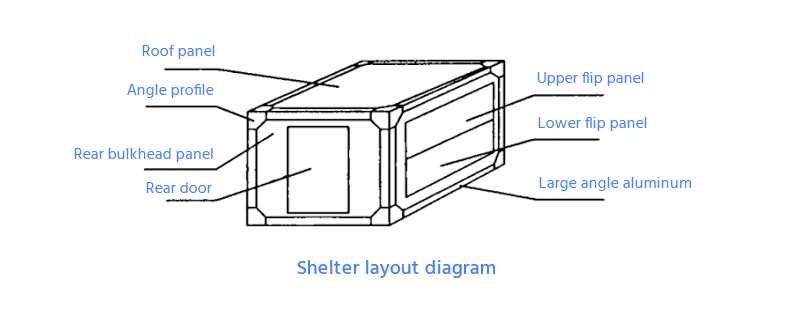
The most common 7 cabin types
The changes in cabin shape are due to factors such as the expansion of the use function of the shelter and the limitations of transportation conditions. From the original simple Hexahedron box type to the current multiple types, it can be roughly summarized as expansion type, detachable type, pull type, rotary type, chamfering type, special-shaped shelter and shelter combination equipment system.
Extended shelter
The characteristic of an expandable shelter is that it has the same external dimensions as a non expandable shelter during transportation and can be expanded during operation to increase its usable area. The extended shelter is further divided into single expansion (one side deployment) and double expansion (two sides deployment).
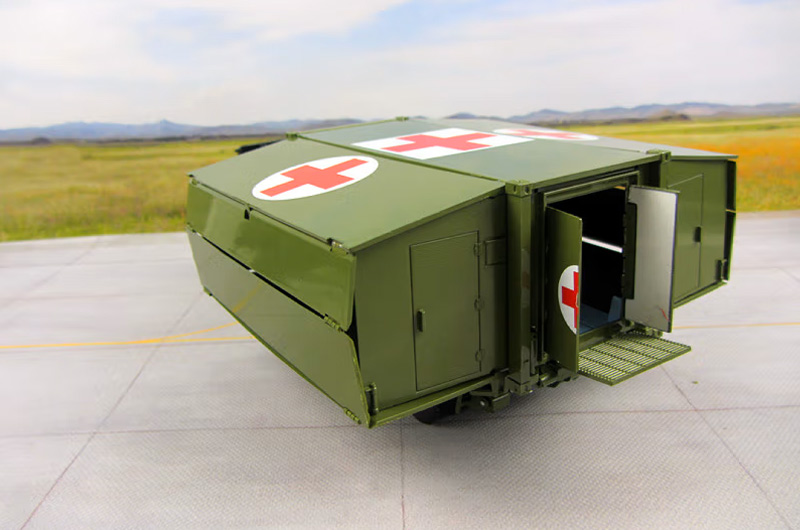
Detachable shelter
A detachable shelter mainly refers to a shelter where some components can be disassembled. When used, several cabin components can be combined into a large cabin, and when transported, several cabin components can be combined into a single unit cabin. This type of shelter is similar to a modular activity room.
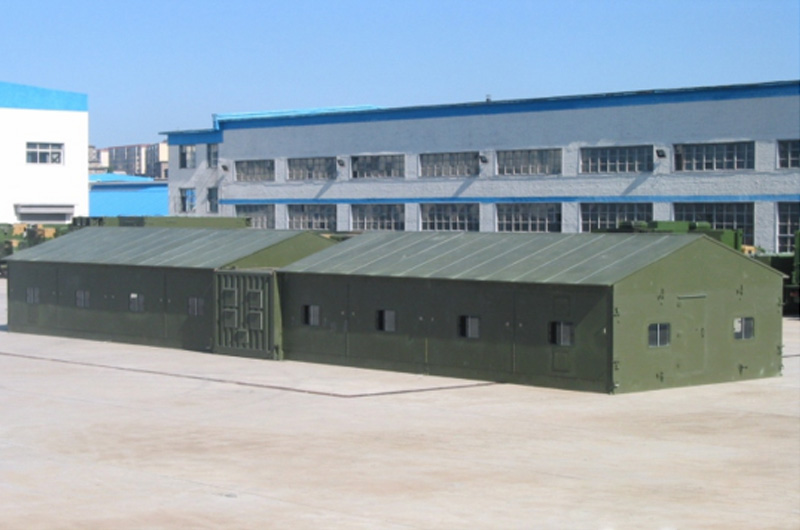
Rotating shelter
The rotating shelter is usually transported using a dedicated chassis. There is a transmission seat installed on the chassis, and the cabin rotates through the movement of the transmission seat. The rotation angle can be determined according to the usage requirements, or it can be rotated and pitched together. During driving, a locking mechanism is used to lock the cabin.
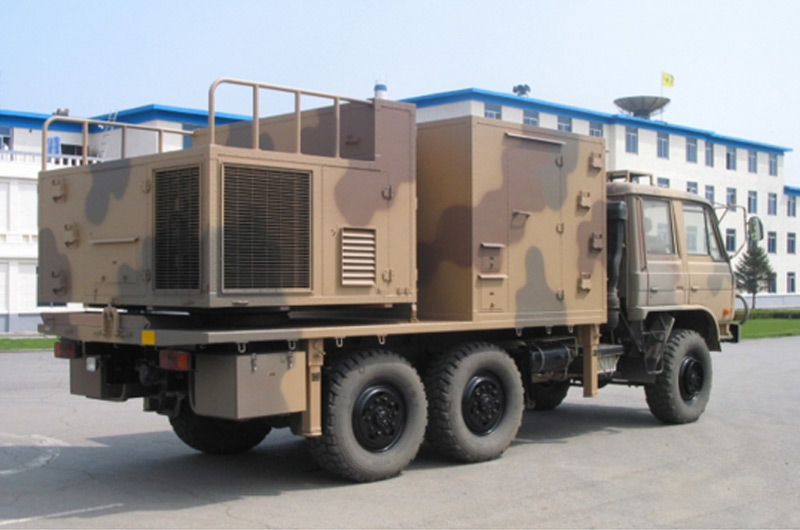
Pull-out shelter
The pull-out shelter can also be included as one of the extended shelters, with the characteristics of an extended shelter. It consists of two parts: the main compartment and the drawer compartment. When unfolded, the drawer compartment is pulled out of the main compartment to the limit position device. The periphery is sealed with sealing strips, and the drawer compartment is supported by leveling legs.
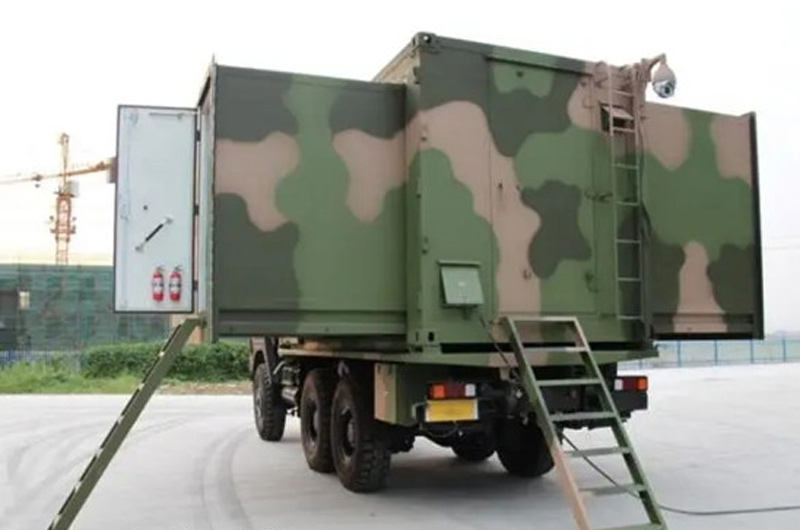
Chamfered shelter
Due to the limitations of transportation dimensions, the corners on both sides of the top will be cut off on the basis of the right angle square cabin to meet the requirements of special environments such as tunnels.
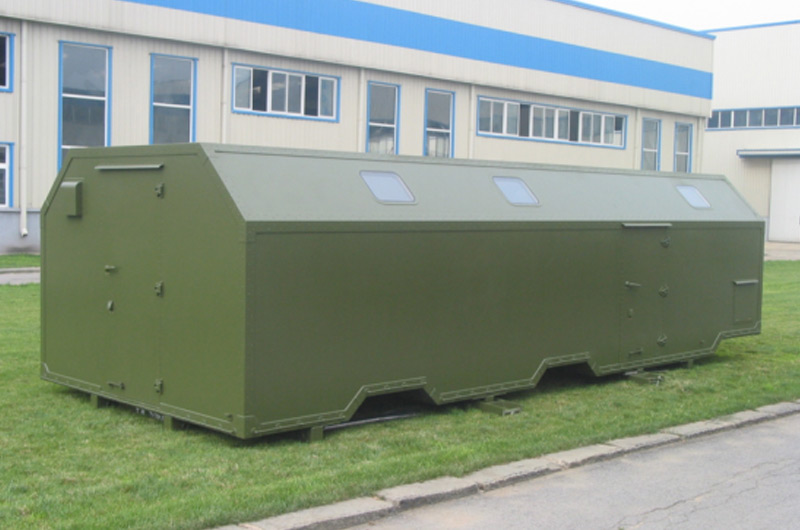
Irregular shelter
The cabin can have different shapes such as stepped, curved, or locally convex concave, and is equipped with special equipment for specific purposes.
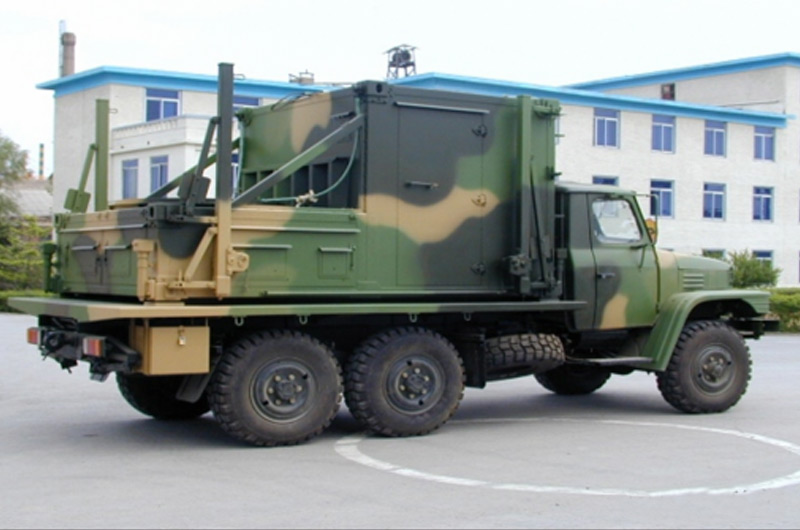
Shelter combined equipment system
The shelter combination equipment system is a group of shelters composed of several shelters to complete the equipment system functions. The shelter group can be composed of various types and sizes of shelters that are connected in parallel or series through channels or tents; Each unit shelter can independently complete its own functions or work together with other shelters to achieve overall functionality.
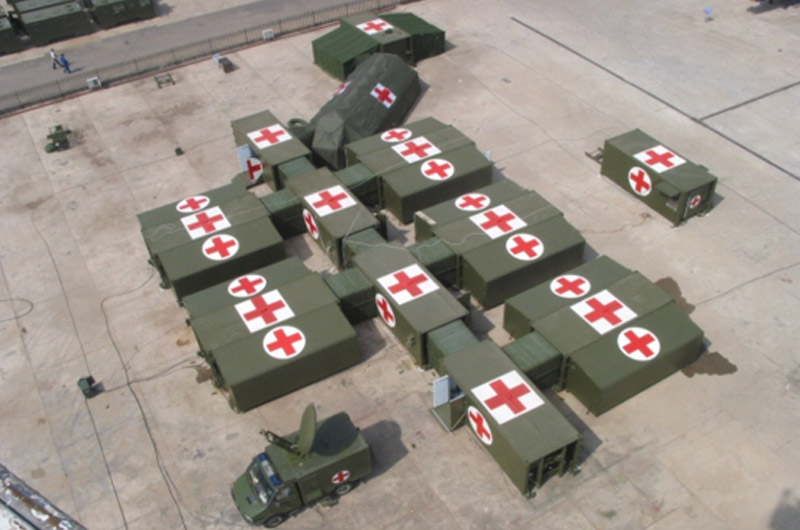
The difference between military shelter and other similar box structures
The difference between military cabins and vans
The main difference between a shelter car and a box car is that it is suitable for various transportation and has the function of fast loading and unloading. Because of these two functions, the development space and application range of square cabins are larger compared to box cars.
The specific differences are as follows:
Structure and function: a military shelter is a fixed temporary building structure, usually constructed of lightweight materials, used to provide functions such as residence, work, and command. A van is a mobile means of transportation that has the mobility of a vehicle and provides adjustable space for transporting goods or personnel.
Installation and installation: military shelters need to be built and installed on the ground or on specialized vehicles, usually requiring a certain amount of time and labor. The van is instantly available without the need for additional installation process.
Space capacity: the military shelter can be adjusted and expanded as needed to provide greater space capacity. The space capacity of a van is usually limited and is limited by the size and load of the vehicle.
Mobility: military shelters can be dismantled or moved to other locations when needed, usually requiring the use of special equipment or vehicles for handling. The van has high mobility and can drive to its destination on its own.
Stability and Protection: the military shelter has strong structural stability and protective performance, which can provide good resistance to external environments and attacks. Box cars have relatively low stability and protection, and are usually not suitable for hostile environments or high-risk areas.
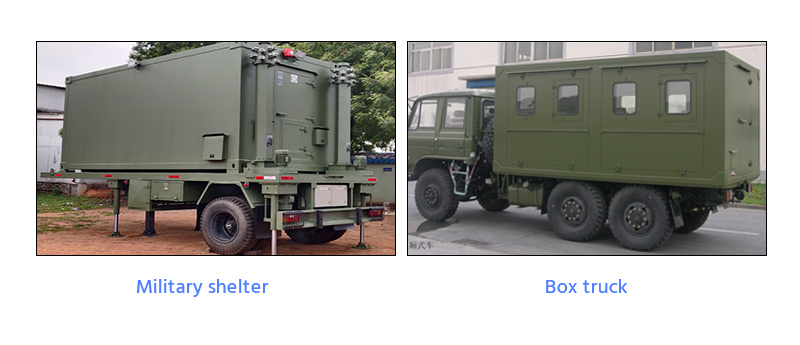
The difference between military shelters and containers
The size series of the shelter originates from the container size series. There is an essential difference between the shelter and the container, mainly because the shelter is designed to adapt to the working environment of personnel and equipment use and operation, while the container is mainly used for loading and transporting goods, with different performance and application objects. The specific differences are as follows:
Structure and function: a military shelter is a temporary building structure designed for military purposes, with specific functions and usage requirements. Container is a standardized unit for transporting and storing goods, used in the field of international trade and logistics.
Materials and design: military shelters are usually constructed of lightweight materials to meet the needs of rapid construction and movement, and have certain impact resistance and protective performance. The container is constructed of heavy-duty steel to provide strength and durability.
Size and capacity: the size and capacity of military shelters can be customized according to needs to meet the requirements of specific tasks. Containers have standardized dimensions and capacity, usually measured in units of 20 feet or 40 feet, and are suitable for international transportation and container stacking.
Purpose and adaptability: the military shelter is specifically designed for military applications, such as temporary garrisons, command centers, and combat bases. They are usually equipped with military equipment and communication systems to meet the needs of military operations. Containers are widely used for cargo transportation and storage, and are suitable for various industries and fields.
Flexibility and transformability: the military shelter has a certain degree of flexibility and can be modified and customized according to needs to adapt to different tasks and environmental requirements. The container is highly adaptable and can be modified and combined to form temporary spaces for different purposes, such as offices, accommodation, or exhibition areas.
Protective performance: military shelters usually have strong protective performance, including impact resistance, explosion resistance, and ballistic resistance, to provide safety protection for soldiers and equipment. The protective performance of containers is relatively low, mainly used for cargo transportation and storage, and generally does not have high-level protective capabilities.
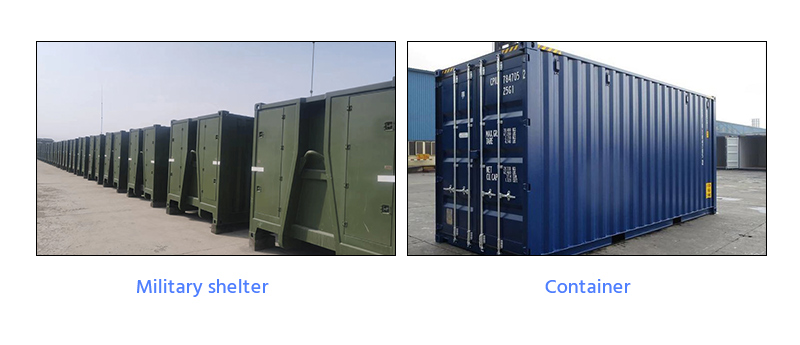
Specific applications of military shelters
According to the usage functions, the specific applications of military shelters can be divided into the following four categories.
Electronic shelter
Reconnaissance shelter, Microwave transmission shelter, data communication shelter jamming station shelter, guidance terminal shelter, Command and control shelter, radar control shelter, information processing shelter, information processing and information acquisition shelter, photoelectric jamming shelter, image transmission shelter, central station shelter, weather shelter, inspection shelter, measurement and control shelter, confidential shelter, demonstration shelter, monitoring shelter, test shelter, etc;
Mechanical shelter
Oil equipment repair shelter, aircraft emergency repair shelter, detection and maintenance shelter, reconnaissance vehicle maintenance simulation training shelter, field maintenance unit, mobile station loading shelter, mobile maintenance equipment shelter, radar equipment shelter, ship equipment mobile support shelter, etc;
Power supply shelter
24 kW power station and vehicle modification and shelter, 12 kW power station main engine shelter, air intelligence radar supporting power station shelter (single unit and dual unit), 75 kW power station shelter and other types of power station shelter;
Other types of shelter
Campaign rapid support medical support system, ammunition transport shelter, training equipment shelter, general air source shelter, main and non-staple food processing shelter, field cooking shelter, medical and health shelter, cultural propaganda shelter, equipment storage and transportation shelter, life support shelter, and quick freezing and refrigeration shelter refer to military shelters that do not belong to the above three categories of use.


